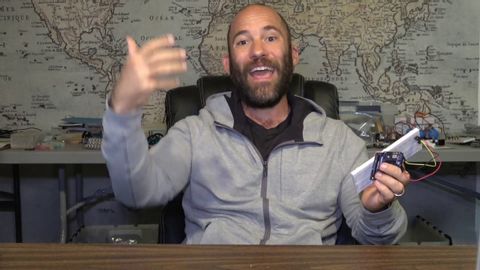
字幕と単語
WiFiでArduino Unoを使ってサーバーにPOSTデータを書き込む (Write POST Data to Server with Arduino Uno with WiFi)
00
林宜悉 が 2021 年 01 月 14 日 に投稿保存
動画の中の単語
fancy
US /ˈfænsi/
・
UK /'fænsɪ/
- v.t./i.好む : ~したい気がする;想像する、空想する;想像した、空想した
- adj.派手な : 装飾的な : しゃれた
A2 初級TOEIC
もっと見る エネルギーを使用
すべての単語を解除
発音・解説・フィルター機能を解除
